Applied theatre as a process for learning within organisations
Dragonfly- Symbol of Transformation
I have been often asked by my corporate clients if theatre based learning really works for ‘serious’ organisational matters or with senior leadership teams. I hear them say- It’s great to have theatre energisers for team building activities or when we have to do role plays to practise communication skills – Can theatre do more?
Certainly it can. The experience of engaging in exercises from the world of theatre, can have a profound impact on the individual and as well as the group. The focus of a theatre based learning process is about how the exercise is experienced by the participants in the here and now. Often I start my workshops with a disclaimer that the workshop is not about heroic acting, mimicry or comic timing. It is about how honestly and fully can one participate or respond in the exercise and authentically share their experience of the same.
Below are some of the ways in which I apply theatre as a process to make learning and communication impactful at different levels in the organisation-
1. Improve group dynamics- Theatre sessions can be a unique platform for participants to experience one self and each other in a new light. Being playfully vulnerable can invite everyone to connect with each other in a refreshingly new way. I have experienced intra-team hierarchies dissolve as participants open themselves to exploring differences and reaching out to different people, to learn from each other - moving from a competitive dynamic to a co-creative dynamic.
2. Make connections through metaphors-Theatre exercises serve as fabulous metaphors. They enable participants to embody diverse situations - and experience physical responses as well as emotional impulses. These experiences become a rich wealth of learning for the group about their habitual behaviours. This also becomes a flexible and creative space to try out new behaviours. For example, I often run improvisational theatre (creating short scenes in the here and now) based workshops as a way to build mind-sets to deal with change and develop agility.
3. Develop spontaneity- A popular notion seems to be that spontaneity implies acting on a momentary impulse, often perceived as recklessness. In theatre, spontaneity is the foundation for all creativity. There are frameworks created in which spontaneity is explored. Spontaneity in theatre parlance means to find new responses to the old situation or a relevant response to a new situation. Hence, being spontaneous empowers us with the power to make creative choices in life. We can experiment different ways of being by getting into the shoes of the other, experiencing familiar situations from different frames of reference. These experiences can help participants discover other options of responding to situations in real life, where they often find themselves stuck- like conflict resolution, conveying difficult messages or dealing with power dynamics etc.
4. Create a space for dialogue and introspection- Someone once said- a picture can tell a thousand words and an image can paint a thousand pictures. When working with the techniques of Image theatre participants create a series of wordless sculptures which is an embodiment of their feelings and experiences. Beginning with a selected theme, participants sculpt images onto their own and others‘ bodies. This enables participants to expand their expression beyond the spoken language and open up new ways to dialogue with each other. I have found Image theatre as a simple yet powerful way for teams to express challenges, struggles or to visualise possibilities in the future- when reviewing their progress and planning as a team.
5. Create a culture of listening and respect – Theatre based processes encourage expressiveness and appreciation for each person’s individuality. Theatre allows for a range of ways for people to express themselves creatively- movement, body work, dance, poetry, music, sculpture, art etc. At the heart of the process is the fundamental belief that each of us has a powerful imagination and we have the right to express it. The more we express it, the more power we have and that more we can make things happen in the world.
Often in my workshops, I place great emphasis on creating psychological safety for expression- be it becoming aware of the inner critical voice or having the permission to not know or fail. Creating this safety for expression allows participants to express and witness, in an atmosphere of trust and respect. Needless to say it changes the way individuals ‘listen’ to each other and themselves - moving from a frame of criticism, to a frame of affirmation and possibilities.
It is impossible that anyone can go away from a theatre based workshop without being touched in a way which is joyful, provocative and full of deep wisdom.
Picture source: http://jamiemillerdragonfly.weebly.com/references.html

